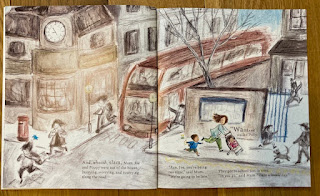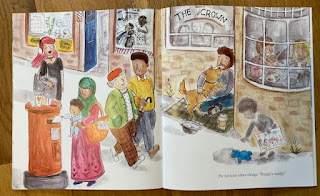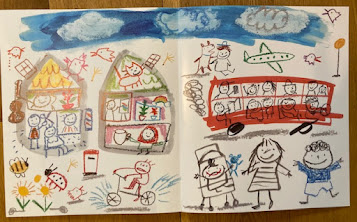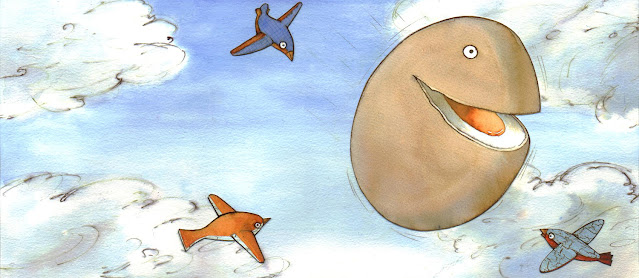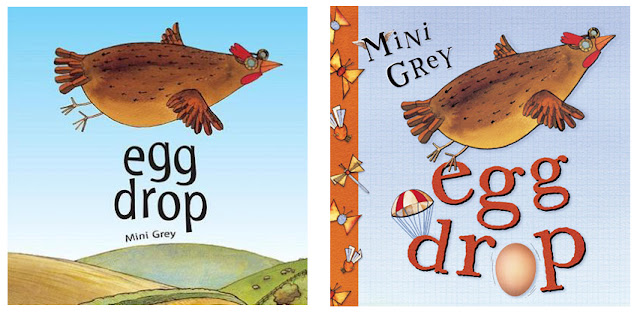Do you remember the wonder and beauty of that first lockdown in spring of 2020?
There were those who were doing the caring, facing the worst horrors of covid in overstretched hospitals, risking their lives to keep transports and food supplies moving, working all hours to teach our children in person and online, and many more doing ‘key’ jobs. Two of my daughters were caring for covid patients, one barely protected by paper mask, plastic apron, and goggles donated by a local school, the other better equipped but pregnant and not knowing what the potential harm to her child might be from the patients with covid she was treating. All of it pre-vaccinations of course.
But for my husband and me, and millions more lucky ones, there was another side to this time when so many ‘normal’ activities became impossible. The sky, seemingly clear of aeroplanes, was bright blue day after day. The colours of spring flowers opening seemed more vivid than ever before, the bird song richer. I remember standing on a footbridge over the M11 motorway, and seeing empty road on either side as far the eye could see. One bright May morning we took our inflatable canoe on Cambridge’s Backs, normally a time and place where the river would be crammed with tourists being punted up and down. We took our allotted hour’s exercise in paddling down river and back, and saw not a single other human river user. But the blue sky was being scribbled on by a small ‘plane enjoying itself as it practiced to offer sky hearts to the NHS. What privilege of calm and beauty and humour and kindness for some of us, even whilst others worked harder than ever before.
So, when publisher Tiny Owl asked me to write a picture book that captured something of what we had learned from our lockdown experiences, it was the slowing down and noticing things that felt to me to be the appropriate focus. Children reading the resulting book would either not remember those lockdown times, or simply not know how unusual they were. We adults have the context of ‘life before’ all that, but young children have only the context of ‘life after’ … so far as it has settled to a new kind of normal. Certainly there’s now again a feeling of rush, with a perceived need to catch up with everything, including what children might have been missing out on. The calm has gone.
The story I wrote, ‘Stop The Clock!’, richly and cleverly illustrated by Maria Christania, makes no reference to the Covid 19 pandemic. Indeed, the illustrations developed from ones in which some people in the street were wearing face masks to none doing that. But it isn’t a story that shies away from more ongoing social issues.
Joe is rushed to school by Mum, and then rushed in his work in school by teacher Mr Khan, both of those adults nagged by clocks ticking onwards. But Joe wants time to think and to finish the picture he’s painting. So – and here’s the beauty of what stories can do which real life can’t – he stops time. He goes back over the route taken to school, now noticing the colour and interest and detail, adding those things to his picture. He finds the reason why little sister Poppy was crying, but there’s so much more to see. The bird plopping poo onto somebody’s head! The beggar in the doorway. The exhaust from the bus making the cyclist cough. The Venus fly trap plant about to snap shut on a fly. The cake squelching as a bite is taken. And much more.
My favourite pictures in the book are Joe’s painting. The difference between the opening and closing endpapers summarise the story beautifully –
There have been children’s books explaining covid and vaccinations, and books praising our rescue services in pandemic times. But do please make comments below suggesting other books which aimed to capture that ‘time out’ experience of months of restrictions.




